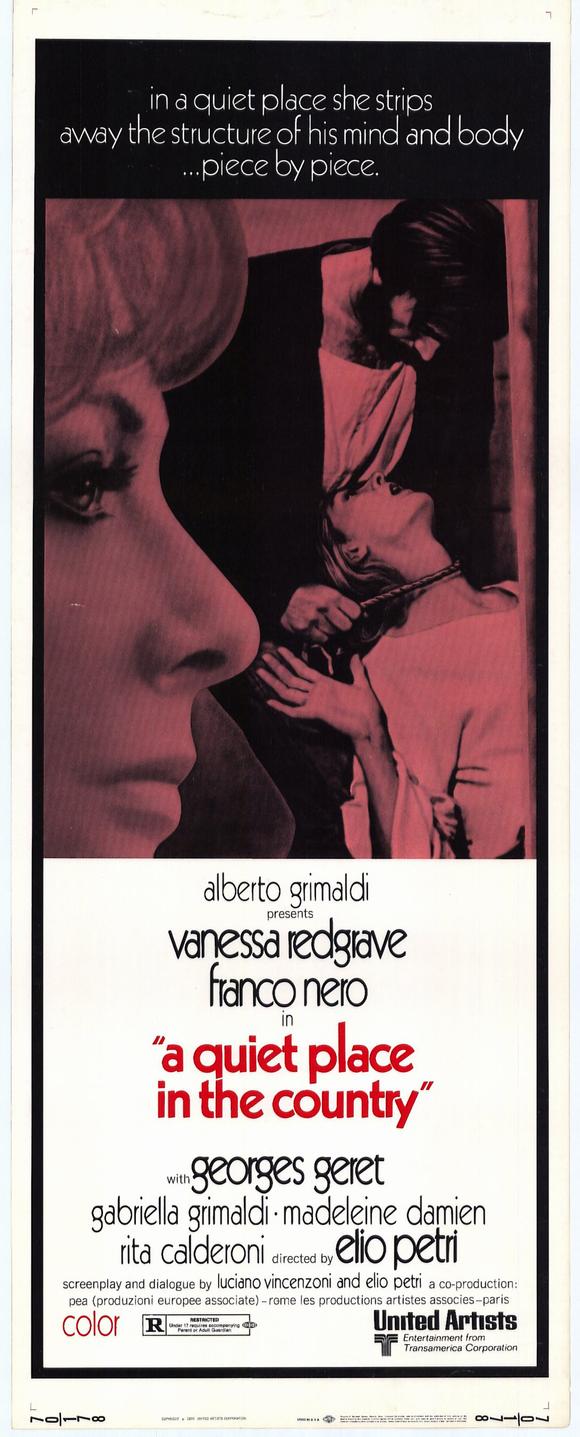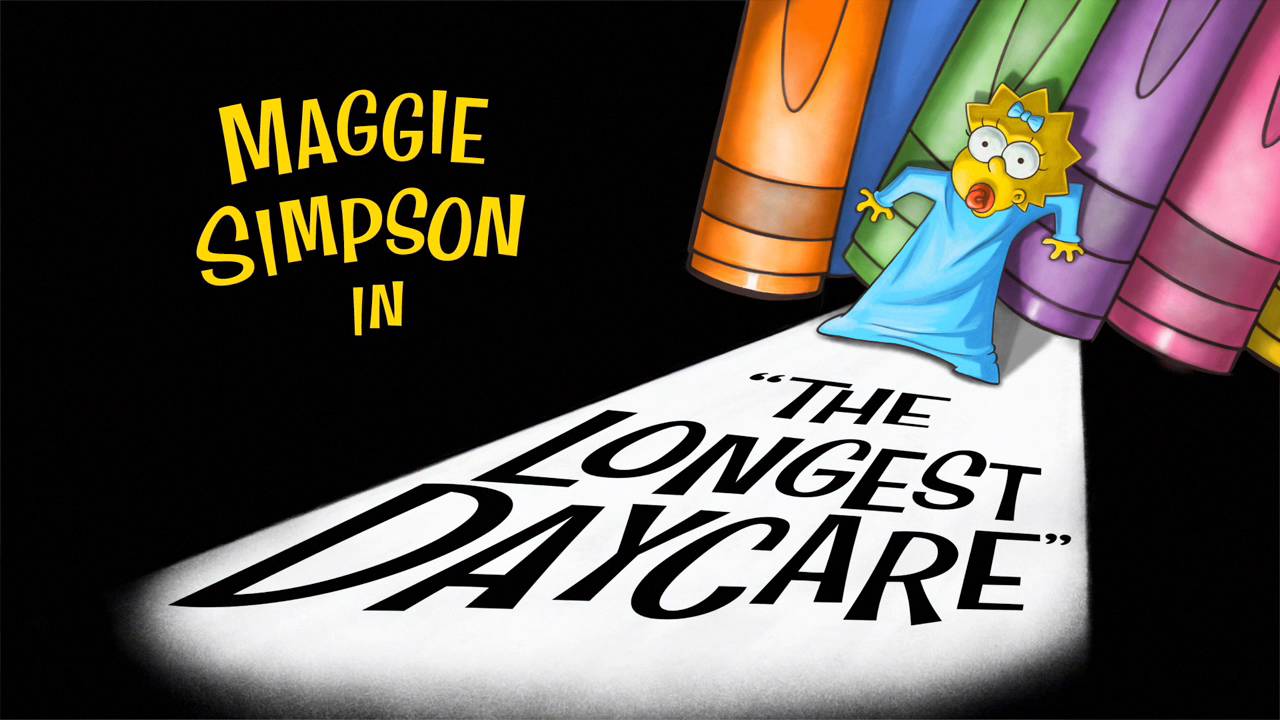Yojimbo (1961) is probably legendary Japanese director Akira Kurosawa’s most accessible film for modern audiences. By his standards it is relatively short, full of action, features atmospheric music throughout, and has some very amusing black humour. It is also a samurai film with heart.
In feudal Japan, a wandering ronin (masterless samurai), Sanjuro (Toshiro Mifune), comes across a town in which law and order has utterly failed. Even the town’s mayor and sheriff are in the pocket of two warring families that have destroyed the town with their fiendish ways. Both sides are hiring criminals to fight for them, though neither side is strong enough to wipe the other out. Each try desperately to secure the services of the highly-skilled samurai as their yojimbo – or bodyguard. The samurai promptly begins to play off both sides against one another to help clean up the town and return it to a properly functioning community. By the end of the film, the samurai triumphs and the town has been cleansed of evil.

If the plot sounds familiar you may know it from a number of other popular cultural products, including the film Last Man Standing and the television show, Deadwood. Most famously (and infamously) however, Yojimbo was copied by Sergio Leone for the first of his Dollars Triogy, the Spaghetti Western A Fistful of Dollars. Leone failed to credit Kurosawa, and actually denied any connection between the films, resulting in the Japanese director successfully suing Leone in an Italian court.
Like American Westerns, the town in Yojimbo is the setting for a moral parable. At the start of the film, the samurai comes across a father and his adolescent son fighting in the street. The son, Yoichiro (Hiroshi Tachikawa), is leaving the family silk-farming business to work as (an unskilled) hired sword for some local gangsters. His parents know that he has been lured to the criminals by the attraction of gambling, and to pay his debts he must work for one of the two local gangs. Yoichiro boldly claims that he would much rather live a short and exciting life than “a long one eating gruel”. Kurosawa here poses the question: is it better to die old and live a safe life, or young but lead a life of risk? The young, who perhaps know no better, are being corrupted and risking their lives for these criminal gangs, and the samurai Sanjuro is intrigued to learn more.
As Mifune swaggers into town, we are confronted by a particularly brutal image of a dog running with a human hand in its mouth. Life is short in this place, and business is only really good for the town’s cooper (coffin-maker). Morality appears to be absent, as law and order has broken down, and corruption of officialdom is rife. The samurai visits a bar and is given food and sake by an old tavern keeper, Gonji (Eijirô Tôno). Gonji represents the moral heart of the film – he is a good man who is powerless to affect change on the town he has come to despise.

Yojimbo is a film about having the courage to do what is right, and Sanjuro is the only person who has the skill to back up his convictions.
An amusing example of the lack of courage in the town is the early confrontation between the two gangs. Sanjuro plans to position himself on top of a perch in the middle of town and watch the massacre unfold. He hopes that there will be regeneration of the town through violence – all the bad people will kill one another. For humour’s sake Kurosawa turns the samurai genre convention of an epic battle like those in Seven Samurai (1954) on its head. Instead of an honorable battle with warriors welcoming death in glorious combat, these criminals shake with fear and taunt each other without blades even touching. Instead of being courageous fighters, these are cowardly men who are a source of great mirth to Sanjuro. Yojimbo has many such moments of black comedy, including nearly every moment the buck-toothed criminal Inokichi (Daisuke Katô) appears on-screen.

Besides his violent antics, however, the real courage shown by the samurai is to stand up for what is right – the safety of the good people in the town. This is easy to relate to when Kurosawa shows us just how broken the town is through a variety of criminal and depraved acts. Sanjuro eventually learns how seriously the few good people in the town are being exploited when he comes across a family in which the wife, Nui (Yôko Tsukasa), has been abducted and forced into prostitution.
Kurosawa regular Takashi Shimura, who was so noble in Seven Samurai as the old samurai, Kanbei, here plays against type as the old sake merchant Tokuemon. This is a totally amoral man; smitten with Nui and acting as though having money allows him to do anything he wishes.

Nui’s little boy and cuckolded husband watch out for a glimpse of her from a window in the tavern. The weak husband cries; is regularly beaten by the baddies; and is powerless to help his wife or explain the situation to his young boy. “His sort make me sick!” says Sanjuro, slamming down his sake bowl and ripping into a bit of bread. Contradicting his words, though, the very next scene shows the samurai putting a heroic rescue plan for the family into action when he finally becomes a bodyguard to one side. Nui is highly valuable to Ushi-Tora (Kyû Sazanka) because she keeps his financial backer Tokuemon happy. She is held in a house guarded by six armed men.

In real life Toshiro Mifune was a highly-trained swordsman, and in the scene where he slays the guards and destroys the place with his katana, it is done so easily, elegantly. Mifune uses an economy of movement throughout the violent scenes in the film, and there is a certain gracefulness to each sword stroke. “Looks like the work of fifteen men” says Sanjuro, somewhat facetiously, when Ushi-Tora’s men arrive on the scene.
Sanjuro has taken it upon himself to square the ledger for the little people. He seems to believe that the town should be a place where the kid can live with his parents in peace, as currently he can’t even safely go outside. However Sanjuro continually acts as if he believes otherwise. After reuniting the family, instead of running for their lives like the samurai told them to, they wait to thank their savior. Sanjuro shows them tough love when he says, “idiots, stop it. I hate pathetic people.”

As in all his films, Kurosawa’s direction in Yojimbo is masterful. His compositions are dynamic and his perfectionist work-ethic drips from every balanced wide-screen frame. Kurosawa was similarly dedicated to his art as someone like Alfred Hitchcock, and possibly even Stanley Kubrick, though much less loopy. For instance, the Western-like climactic showdown scene starts with Sanjuro returning to the town to rescue Gonji. Like American Westerns it was shot mainly on a studio, at Toho Studios, Tokyo. Wind swirls around the samurai dramatically and we can see a broken wagon wheel sticking out of a pile of rubble – the wagon is a traditional icon of progress and the coming of civilization, and here Kurosawa uses the prop to further comment on the destroyed nature of the town.
At the end of the film, Yoichiro – the son of the farmer from the start of the film – has learned that he is better off not seeking an easy life as a criminal, and that working for an honest living is much more virtuous. “Mother!” he squeals when Sanjuro spares his life – he is the only survivor of the baddies from the final battle. The samurai yells at him to “go home … a long life eating gruel is best”, and the boy runs away. This humorous moment recalling the film’s opening also gives Yojimbo a nice feeling of structural unity.

“Now this town is clean,” Sanjuro tells Gonji. “Old man…” says the samurai, pausing for a beat while brandishing his sword. This moment is nice because it recalls the long-running byplay between Sanjuro and Gonji about the samurai’s morality. Though the samurai has proven himself to be a good man, he momentarily scares the wits out of Gonji and the cooper (Atsushi Watanabe) when he swings his sword at the old man. Sanjuro has, of course, just freed his ally from his rope binds with an accurate cut. Then Mifune turns and walks out of the village amidst an upsurge of the dramatic hero’s theme music.
Fifty years on, Yojimbo remains a very stylish film with a dark sense of humour, brains, and heart. If it is your first introduction to the films of Kurosawa, or even Mifune, you will always remember them by Yojimbo. Just the theme music itself is enough to get my blood pumping. Yojimbo remains a great film, very entertaining and well worth a look. Due to its popularity upon release Kurosawa modified another existing script into a sequel called Sanjuro the following year. That film is also fairly entertaining, yet not quite as remarkable as the original.
Yojimbo screened as part of ACMI’s Samurai Cinema season.







4 Comments